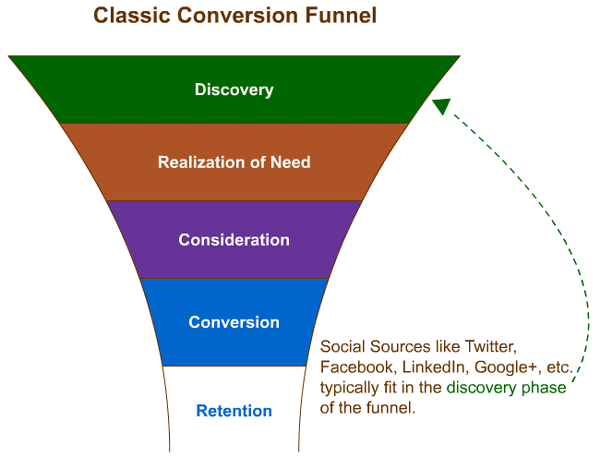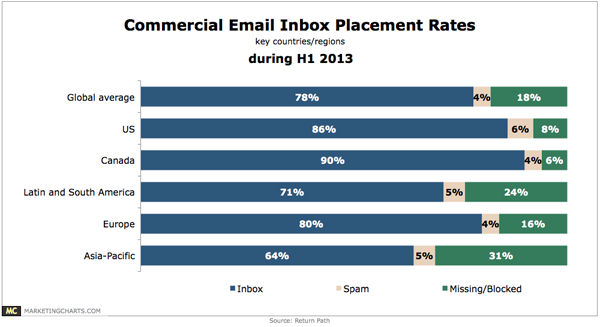Why marketing automation fails
“It’s an important tool for bringing order to the warring worlds of marketing and sales by improving lead scoring and nurturing.”
Human-to-human connections are the heart and soul of marketing. You don’t need statistics to prove the value of personalized messages, multi-channel marketing, and high quality content. It’s common sense -- consumers are more responsive to brands that care.
That’s why marketing automation is such an important topic in 2014. As David Moth writes on the Econsultancy blog -- “It’s an important tool for bringing order to the warring worlds of marketing and sales by improving lead scoring and nurturing.”

When it comes to leads, quality is everything. That’s why marketers need to make sure that they’re delivering the right messages to the right audiences at exactly the right time. We need to reach prospects on an individual level -- which sounds easy enough, until your database grows from 5 to 5,000.
Imagine communicating with 5,000 people on Facebook, Twitter, email, and via your blog. I can’t even wrap my mind around it. As somebody who has done marketing and business development, I know that human-to-human relationships are difficult to cultivate, track, and optimize at scale. Our brains have finite processing power. That’s why marketing automation software is so important.
But marketing automation has a bad rap. We immediately think of email spammers, acquired lists, and untargeted ads. The term "marketing automation" also sounds quite clinical and technical.
But it’s not. It’s one of the most human, people-focused strategies for growing your marketing. It has the potential to make your customers love your brand -- but if you’re even slightly off base, it has the potential to make your customers really, really annoyed.
Since success starts with knowing your blind spots, here are the three most common reasons why marketing automation fails, along with tips for what to do about it.
Note: One of the most common reasons marketing automation fails is a company isn't actually solving for their entire funnel -- in other words, they're not using top-of-the-funnel channels to drive traffic to their website they can convert into leads. If you're struggling to fill the top of your funnel, stop reading this, and read this guide to corporate inbound marketing instead to help address your demand generation needs. If you have enough lead volume to make marketing automation worth your while, keep reading.
1) Your Timing Is Off

Marketers are influencers. Successful campaigns aren't broadcasts -- they’re techniques that help your brand reach audiences at key decision-making moments. Conversion funnels can help you wrap your mind around this concept. Typical customer journeys span the following five steps:
- Discovery - Prospects find out about your brand (or product) for the first time
- Realization of Need - Prospects start to realize that your product will add value to their lives
- Consideration - Prospects decide to learn more about your product; at this moment, they become leads
- Conversion - The moment where the purchase (read: magic) happens
- Retention - First-time buyers repeat this process to become regular customers
Now take off your marketing hat to think like a consumer. Imagine that you’re shopping for a new product or service. A sales rep from a new company reaches out to you by email (or follows up with a phone call) to tell you to buy, buy, buy. You’d probably feel annoyed.
It’s not that a sales-focused marketing message is bad, per se. The reality is that the pitch is aligned with the wrong stage of the funnel. You’re just getting started and learning about a company for the first time -- what you need to hear is a marketing message that speaks to "awareness." A sales-focused message will yield stronger impact among audiences that are ready to convert.
2) There Are Too Many Bells and Whistles

Here’s some interesting data:
A staggering 74% of consumers prefer to receive commercial communications via email, but the average clickthrough rate for B2B marketing emails in Q2 2013 was only 1.7%.
Why?
The fact is simple. Marketers know that email marketing is powerful, so consumers -- in turn-- receive a lot of emails.
It’s common for marketers to over-think their marketing automation strategies, investing in complicated newsletter designs and templates -- mediums with a heck of a lot of information in text. What ends up happening, however, is that your message’s core value proposition is lost. There’s just so much to digest, so audiences will quickly move on to their next message (and forget about yours).
3) You’re Forgetting About Mobile

Today’s marketers are operating in cross-device, cross-platform environments. You can’t afford to ignore mobile.
It’s estimated that 48% of emails are opened on mobile devices, but only 11% of emails are optimized for mobile.
So what happens?
Audiences stop listening -- 69% of mobile users delete emails that aren't optimized for small screens.
Some tips:
- Keep your messaging simple
- Avoid chunks of text, and make paragraphs easy to scan
- Bullet key pieces of information
- Make links easy to click
- Avoid jam-packing messages with photos
- Don’t make users scroll too much
- Avoid design elements that require re-sizing
Final Thoughts
Sweat the small stuff. Details are crucial to the success of your marketing automation strategy. Put yourself in the shoes of your target customer, and work backwards to reverse engineer your campaigns. Think "human" before you think "software."
Stop thinking like a marketer, and remember what it means to be a consumer first.
Thanks to hubspot.